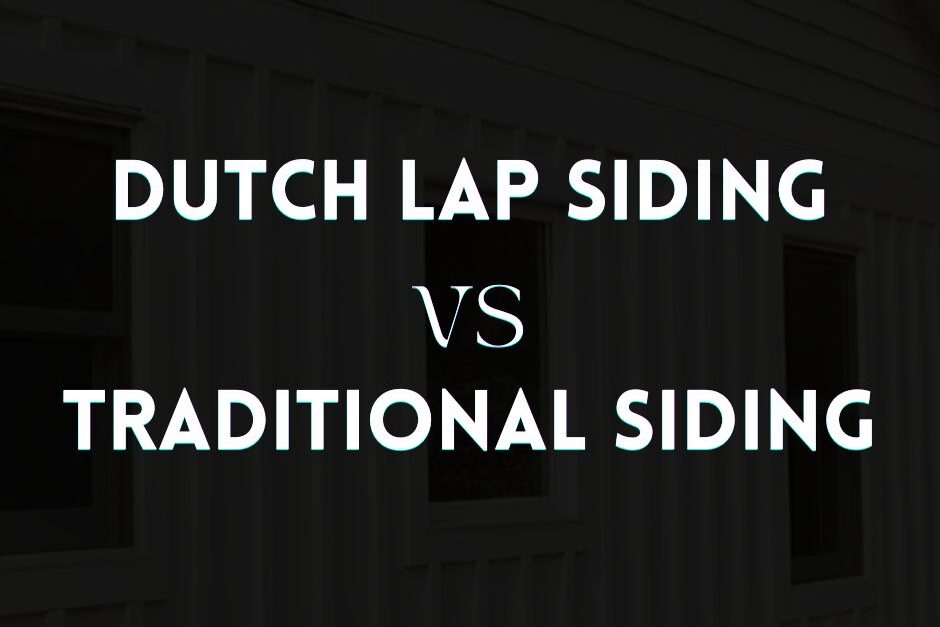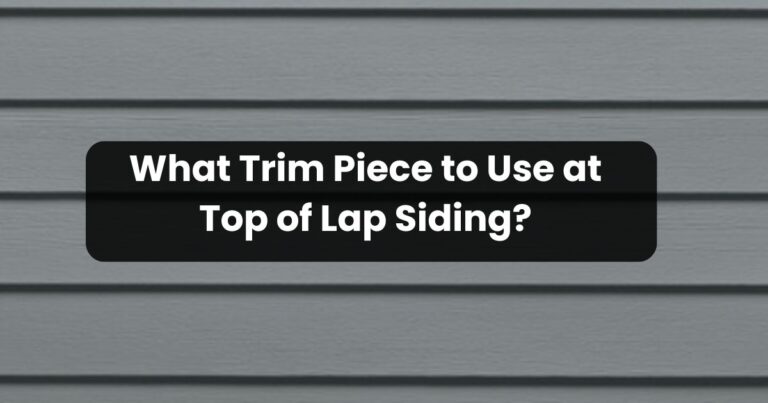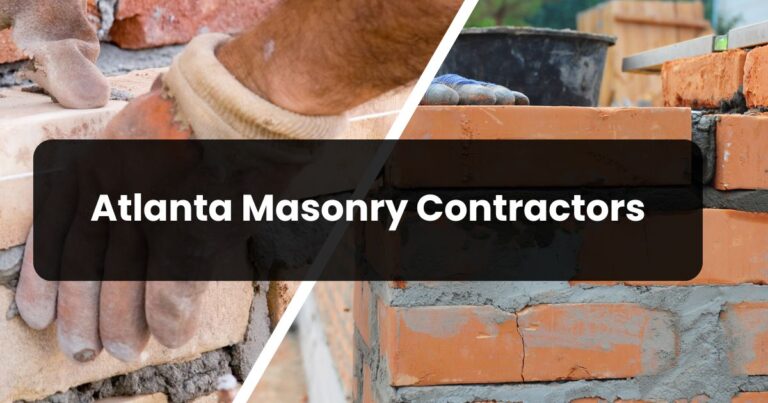
When choosing siding for your home, it’s essential to select a style that not only enhances your home’s aesthetic appeal but also offers durability and protection. Two popular options are Dutch lap siding and traditional siding. While they may appear similar at first glance, key differences set them apart. In this article, we’ll compare Dutch lap siding and traditional siding in terms of design, durability, installation, and maintenance.
What Is Dutch Lap Siding?
Dutch lap siding features a distinctive beveled edge that creates a shadowed, layered effect. The panels are designed with a concave curve at the top, which slopes downward to overlap the panel beneath it. This design gives Dutch lap siding a more textured and dimensional appearance, adding character and depth to a home’s exterior.
What Is Traditional Siding?
Traditional siding, often referred to as clapboard siding, consists of flat horizontal boards that overlap each other. Unlike Dutch lap siding, the boards have a smooth, even surface without the concave profile. This results in a more classic, uniform look that works well with a variety of home styles.
Key Differences Between Dutch Lap and Traditional Siding
1. Appearance
- Dutch Lap Siding: Offers a more decorative and visually dynamic appearance due to its curved edges and shadow lines.
- Traditional Siding: Provides a clean, simple, and classic look with minimal texture.
2. Durability
Both types of siding are available in various materials, including vinyl, wood, and fiber cement, each with its own durability factors. However, Dutch lap siding’s added depth can provide slightly better resistance to wind and impact damage.
3. Installation
- Dutch Lap Siding: Slightly more complex to install due to its beveled edges, requiring precise alignment to maintain its signature look.
- Traditional Siding: Easier and quicker to install since it has a flat surface with straightforward overlapping boards.
4. Maintenance
Both siding styles require similar maintenance, depending on the material used. Vinyl options for both Dutch lap and traditional siding are low-maintenance, requiring only occasional cleaning with soap and water. Wood siding, regardless of the style, requires more upkeep, including sealing, painting, or staining to prevent moisture damage.
5. Cost
The cost difference between Dutch lap siding and traditional siding largely depends on the material chosen. In general, Dutch lap siding may be slightly more expensive due to its design complexity, but the price difference is usually minimal.
Which One Should You Choose?
Your choice between Dutch lap siding and traditional siding should depend on your home’s architectural style and personal preference:
- Choose Dutch Lap Siding if you want a more textured, visually appealing exterior with a modern or colonial aesthetic.
- Choose Traditional Siding if you prefer a simpler, more classic look that blends seamlessly with various home designs.
Final Thoughts
Both Dutch lap siding and traditional siding offer excellent curb appeal, durability, and protection for your home. Understanding their differences in appearance, installation, and maintenance can help you make the best choice for your needs. No matter which option you choose, selecting high-quality materials and professional installation will ensure your home remains beautiful and well-protected for years to come.


